Studies have determined that in this knowledge and information age, students have to deal with stress levels at school comparable with those of adults at work. Broken families, a slowly disintegrating social support system, too much preoccupation with the virtual world, lack of close friends – all these factors contribute to frayed nerves and easily eruptible tempers in school-going children.
The result? Quarrels with superiors, rebellious run-ins with authority and ugly altercations with peers.
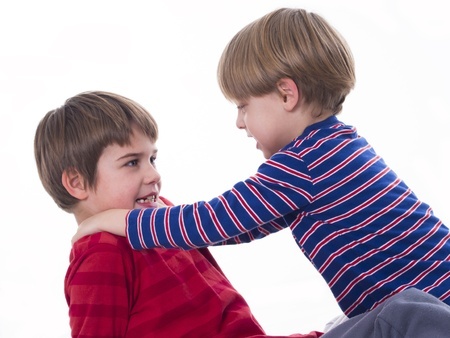
In order to be effective and influential, getting along well with classmates and learning to enjoy the occasional debate is of paramount importance to the mental well-being of the natural leaders in the classroom.
By changing the perception of ‘correctness’ and the ability to manage conflict, a child leader can diffuse potentially explosive situations at school.
Here are some thumb rules to help your child adapt so others don’t get too riled when things go wrong:
1. Empathise

“No! That’s a ridiculous idea!”
“Are you kidding?! There’s no way that’ll work!”
Disagreeing outright with someone is not a smart way to get work done. Psychology teaches us ‘No’ is not a word many people want to hear, especially if they feel strongly about something. It is the quickest way to alienate yourself from others. Instead, advise your child to try listening closer.
“Yes, I can see where you’re coming from.”
“Right. That’s a good point. I appreciate your thinking about…”
When the other person feels your child is genuinely interested in hearing what he has to say, he will reciprocate the gesture and be more accepting of your child’s argument. If he feels your child is respecting his views, he will respect hers. Chances are if he is vehemently defending a point, there must be a reason for it. Ask your child to put herself in his shoes and try to see the situation from his perspective. It may be possible she has not considered a different angle or alternative possibilities around the issue.
⇒ Related Read: Teaching Our Children the Value of… Empathy
2. Anticipate and come prepared
“I’m telling you this will work. What do you mean, how can I be sure? Of course, I’m sure! If you had any brains, you would be, too.”
There is nothing like letting the work do the talking. If a particular situation may blow up into something more controversial, get one step ahead of it. Ask your child to enlist the help of a close friend and think through the various objections that could be raised or problems that could arise at the time.
“If that happens, here’s how we can work around it…”
“It’s not going to be easy and we could face some problems, like…”
The good folk at Microsoft call this a session of ‘Rude Questions’. What are the worst possible challenges that could arise? How would your child handle them most gracefully?
Advise your child to do her homework well and arm herself with answers rather than anger.
If there are facts and data to support the issue, it makes it easier to keep the argument focused on the issue rather than the people involved and all parties come out of the experience unscathed. Logic works.
3. Tackle the issue, not the person
“You’re such a moron! You can’t do anything right!”
“You always say that. Even last month you said exactly the same thing.”
We all have certain impressions about the other people we associate with on a daily basis. Children are no exception. They don’t always like all of their classmates, there are some with whom they get along better than with others. However, at the time of conflict, personal prejudices must be kept aside. Your child needs to project the right image.
“I would like to disagree with your last point.”
“I think we should focus on how to fix this quickly.”
Help your child come across as a sensible individual who finds the point of contention and its subject matter disagreeable, rather than the person who is delivering it. Make sure she drags meandering issues back to the topic of discussion and sticks to it. Guide her never to introduce a personal motif in the arguments or dig out similar events that happened in the past making insinuations of blame. Even when resolving conflict amongst other children in class, she must avoid practising favouritism. It is a sure-shot way of losing the respect of her classmates.
⇒ Related Read: Top 5 Common Parenting Discipline Mistakes
4. Take it slowly
It is a good idea when introducing something new, to do so in small phases.
Make changes in environment in increments so classmates don’t get a rude shock. People don’t like change, no matter how inevitable it is. Human nature is to resist it. It means the things children were familiar and comfortable with are not going to be the same again. So ‘pilot’ it out. Ask your child to get her classmates to agree to change of a limited extent and then expand on it gradually until the entire idea is rolled out. This will give her classmates time to get used to the new situation.
5. Get assistance
One of the final steps to take when an unpleasant situation develops is to get the key players over to your side. Your child should convince teachers, senior students or other natural class leaders – using any angles that work with them (numbers, feelings, impact) – and then use their acknowledged leadership to convert the others in the class to her views by proxy. In this way, she will ensure that her ideas are well received and not viewed as threatening, disrupting, or regressive.
Withdrawal, confrontation, consensus and avoidance are some conflict management styles and one size doesn’t fit all. A high emotional quotient, clear thinking, reflective listening and keen observation are important skills to possess. All these enable the leader to assess his/her team and proactively diffuse conflicts or resolve them when the need arises.
Conflict can be a time for discussion, reflection and action. When viewed positively, it can be a great building block of vibrant classroom dynamics that can reap huge benefits. Help your child treat conflict as a learning opportunity and use it for growth and development.
By Devyani Borade.
* * * * *
Like what you see here? Get parenting tips and stories straight to your inbox! Join our mailing list here.
Want to be heard 👂 and seen 👀 by over 100,000 parents in Singapore? We can help! Leave your contact here and we’ll be in touch.



































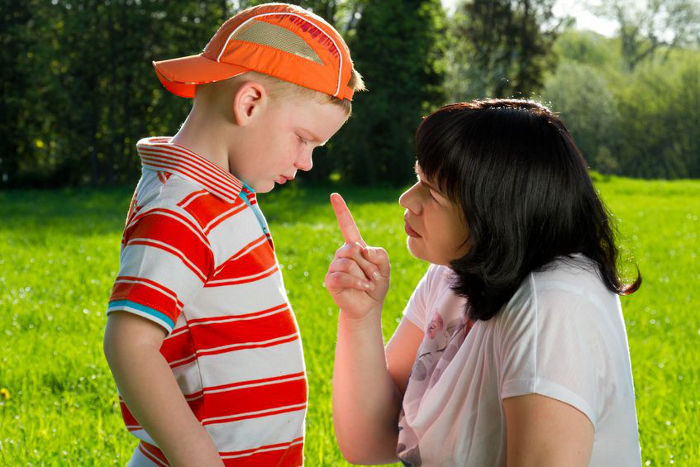


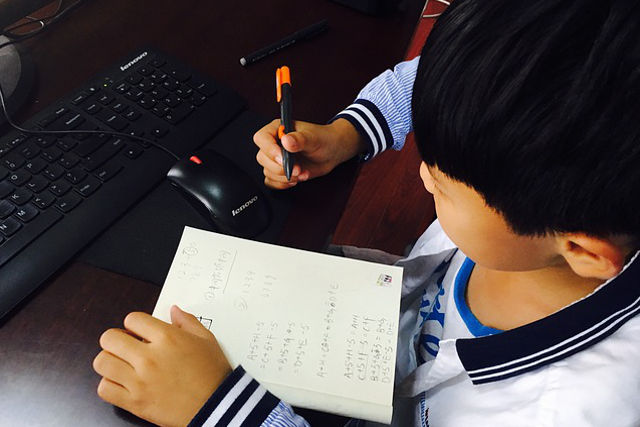




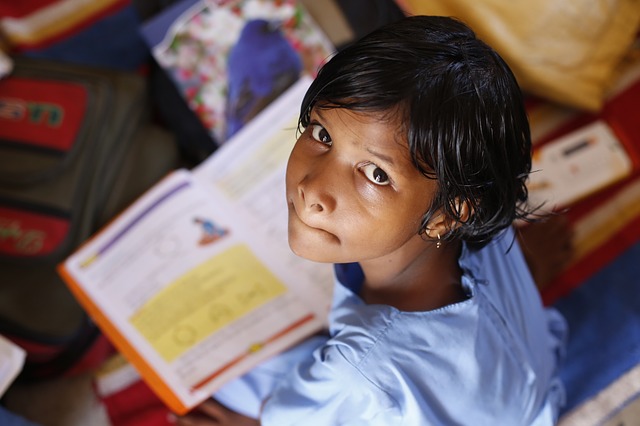
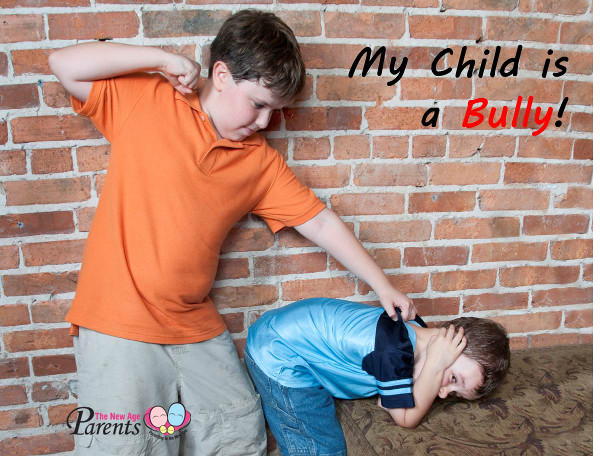


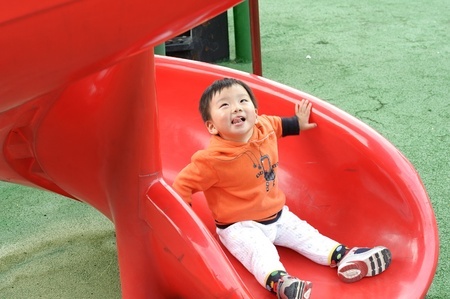









Leave a Comment: